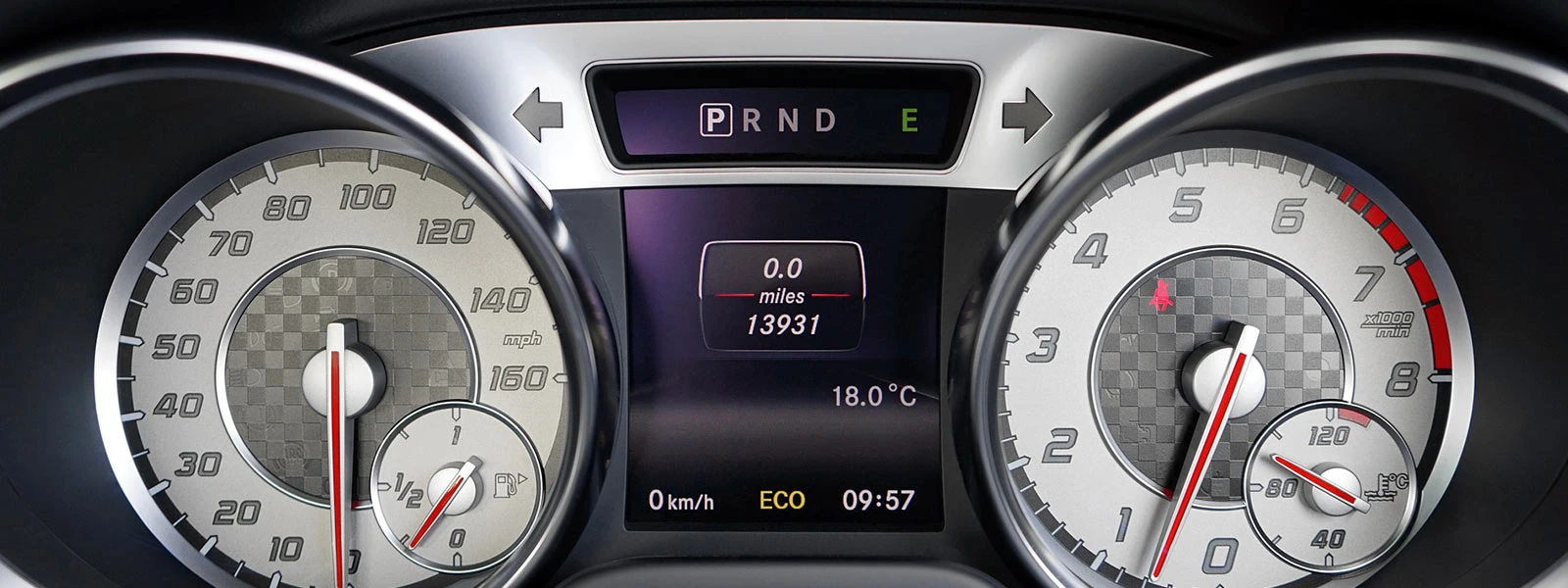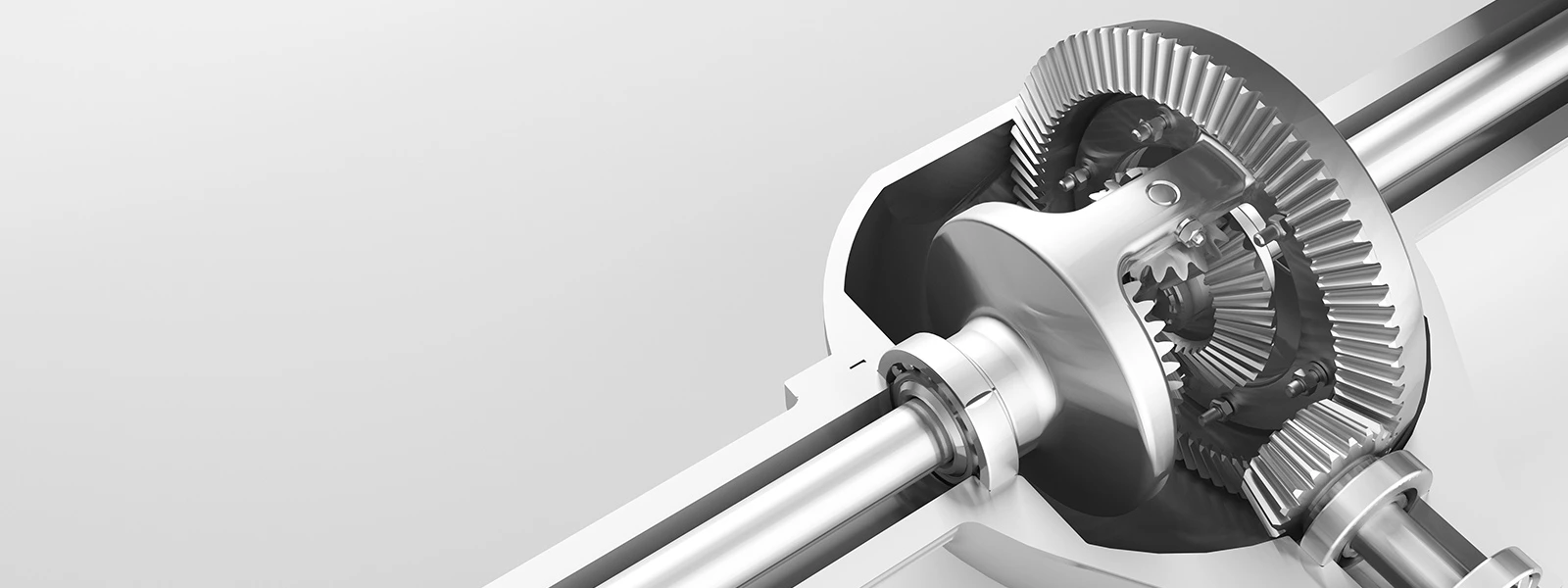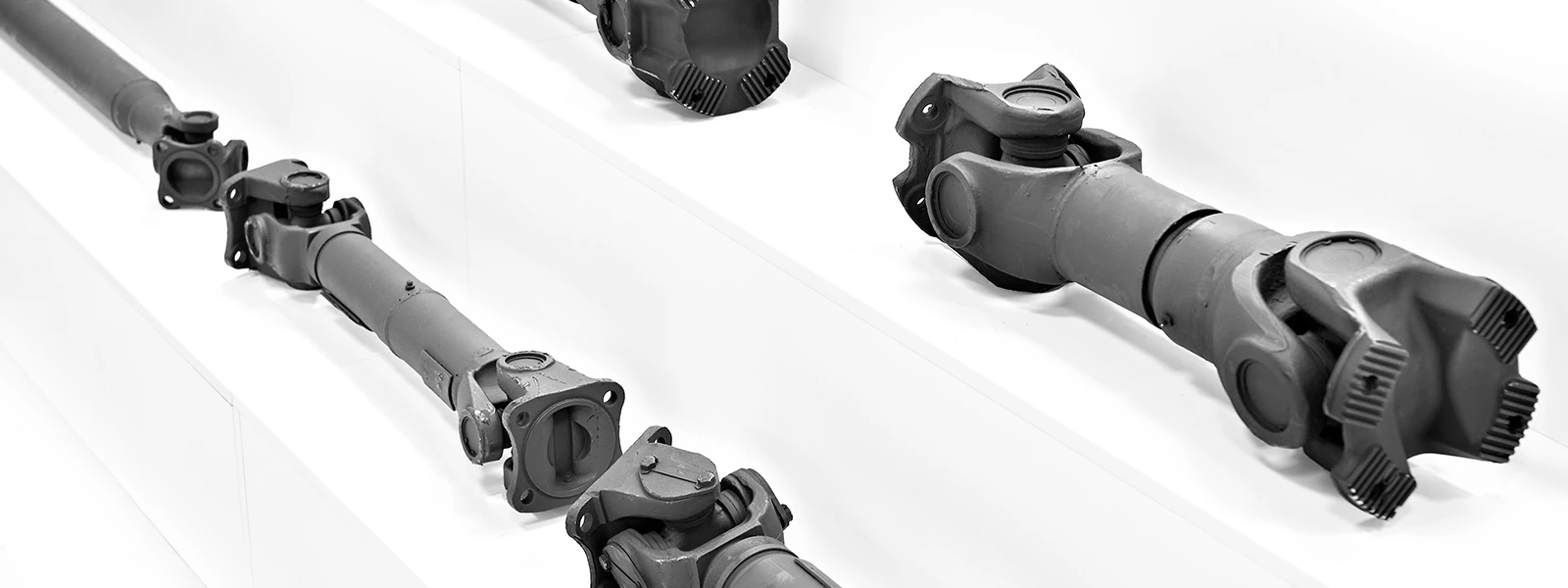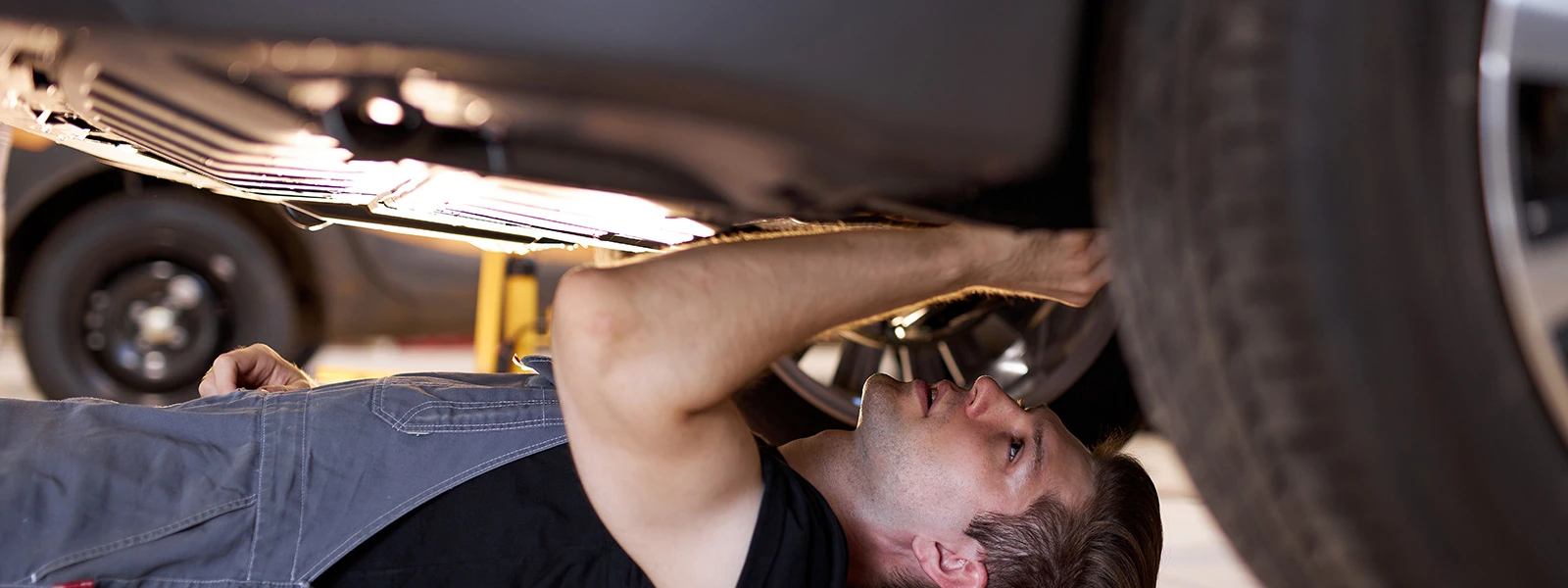What Is a Drive Shaft?

What Is a Drive Shaft? Automobiles are the wonder machines. An automobile is an intricately woven machine where the components and devices are placed in a sophisticated and highly professional manner. Each element and device is ensured to collaborate in
Automobiles are the wonder machines. An automobile is an intricately woven machine where the components and devices are placed in a sophisticated and highly professional manner. Each element and device is ensured to collaborate in this assembly. Watching this degree of synchronization is incredible, and the professional minds behind such big games are admirable.
A drive shaft is one such part of the vehicle's assembly carrying a huge responsibility. It coordinates with other components to perform important tasks.
If you were looking for the right place where you may find authentic information about the drive shaft, you have landed in the right place. This blog post will walk you across the drive shaft and its details, so stay connected!

What is a drive shaft?
The drive shaft bearing other titles like prop shaft or propeller shaft is a vehicle's drive train component. Its job is to deliver torque from the transmission to the differential that further transmits the torque to the wheels and gets them mobilized.
Torque is the force that produces the turning effect. Having said that, we can comprehend the role of a drive shaft as it is the driving force to move and maneuver the wheels.
A drive shaft compensates for changes in length and angle because of deflection or manipulation to ensure outstanding synchronization between the shaft joints.
Drive shafts are extensively used in different vehicles like marine drives, bikes, and locomotives; however, the function differs in different vehicles. The drive shaft configuration varies for different rides, such as front-engine rear-wheel drive, front-wheel drive, and four-wheel drive.
Parts of a Drive Shaft
Following are the main parts of a drive shaft:
- End Yoke
- Midship Shaft
- Flanges
- Universal Joint
- Slip Yoke and Tube Yoke
- Tube
- Center Bearing

#1 Flanges
A flange is a part that attaches the drive shaft to many parts like the transmission, transfer case, and the differential. Other than the mentioned parts, flanges attach the propeller shaft to parts like power take-offs, hydraulic pumps, and many more.
#2 Slip Yoke and Tube Yoke
A universal joint directly connects the slip yoke to the drive shaft. Its particular inward and outward sliding in the transfer case delivers the power. The tube yoke is associated with successfully rotating the drive shaft and U-joint.
#3 End Yoke
The role of this part of the drive shaft is crucial. Its job is to reduce vibrations and noise when the vehicle accelerates. This is how it guarantees comfort and increases the vehicle's strength, accuracy, and durability.
#4 MidShip Shaft
This is another essential part of a propeller shaft and the coupling shaft. Center bearings is the spot where the shaft is linked to the housing.
#5 Universal Joint
The universal joint, commonly called U-Joint, is another integral and significant part of the drive shaft. It links the vehicle's revolving shafts. Four-wheel drive and rear-wheel drive are the vehicles that commonly use drive shafts with U-joints.
#6 Center Bearing
Centre bearing is crucial because it ensures the exact location of the drive shaft parts. It links the two parts of the propeller shaft. It decreases the harmonic vibrations when the vehicle moves.
#7 Tube
Both the rear-drive vehicle and front-drive are equipped with tubes. During the braking and acceleration processes, the tubes align the placement or the position of the rear end.
Types / Kinds of Drive Shaft
Following are the major types of the drive shaft:
1. Single Piece Shaft
This type of drive shaft is perfect for vehicles where the distance between the axle and the engine is small. The single-piece shafts are used in four-wheel drive vehicles.
This shaft drive is gaining popularity because of its make. It is made of aluminum which is a lightweight material. This, however, needs a larger diameter necessary to attain the same strength as that of a steel shaft.
Some problems are, however, associated with single-piece shafts, like they are more prone to damage or wear and tear. They can easily deform. Another significant problem is its high manufacturing cost.
2. Two- or Three-Piece Propeller Shaft
Because the vehicles operate at different speeds, this may damage the drive shafts. Two or three piece propeller shafts are made in a particular way to avoid this damage because of the bending at high speeds. These shafts are used in vehicles with a considerably large distance between the axle and engine and in four-wheel drive vehicles.

Significance of Drive Shaft
Drive shaft is a component of great worth and value. It ensures the movement of wheels. Meanwhile can also play a role in maneuvering the vehicle. A good drive shaft is mandatory for the vehicle's swift and smooth movement. Driving without a drive shaft is only possible in front-wheel drive vehicles. The rest of the vehicles largely depend upon the propeller shafts for the wheels to get going.
The importance and function of the drive shaft have been utilized mainly in various heavy-duty machines, construction vehicles, ships, and commercial cars.
Symptoms of a Failing Drive Shaft
As discussed earlier, a drive shaft is an important component because it ensures the movement of the wheels, so any symptoms indicating damage in the propeller shaft should be immediately considered and treated.
Following are a few symptoms of a bad drive shaft.
Knocking Sounds
Unpleasant sounds are alarming. While driving, if you hear unusual sounds, try to trace the origin. Stop driving if you notice it coming near the shaft's location and check it thoroughly. The car's manual can assist you in fixing the problem. If you can't fix it on your own, immediately rush to a well-trained mechanic or technician.
Vibrations
Vibration is a common problem caused by the wear of the shaft bushings. Bushings are believed to control the vibrations at early stages. However, this tendency to control vibrations with passing time diminishes. It happens because they degenerate and fade as they get older.
Squeaking Noise
Do not take it lightly if you notice squeaking sounds under the vehicle while sitting behind the steering. These are an indication of a bad drive shaft. The prolonged squeaking noise is because of some problem with the drive shaft, which can damage other parts of the engine.
So take your vehicle to a professionally trained mechanic before it completely comes to a halt.
Turning Issues
If your vehicle behaves more like an untrained horse while taking turns, it absolutely hints toward a drive shaft issue. It means your drive shaft is either damaged or has turned bad. When the vehicle's wheels do not turn properly or slow down while taking a turn, or you find it hard and challenging to steer, you must consider such a situation and get your shafts assessed.
Causes of a Failing Drive Shaft
Signs and symptoms point towards damages either done or underway because of some causes. The drive shaft damage occurs because of deficiency of grease, worn-out bushes, damaged universal joints, worn tubing, and misbalancing. Maintenance can minimize the effect of these causes to hinder the damaging process.

Repair of a Broken Propeller Shaft
A broken drive shaft is supposed to be immediately repaired because the vehicle's movement is subjected to this fix. In case of slight damage, it's better to repair the drive shaft, but if it is largely broken and you repair it intermittently, it would be more bothersome. The chances of breaking again are high, and you must be a regular customer at the mechanic's place. So in such a scenario, it's better to replace it.
Drive shaft replacement is an easy job to do. It can be easily done at home following the manual. However, you need to focus on safety and precision.
Advantages of Drive Shaft
The Driveshaft is valuable in a car's assembly because it involves no or considerably less power losses.
They are liked for their durability. The drive shaft construction is pretty simple, unlike other complex parts. The unique feature that distinguishes is low noise generation at the highest torque. They require the least maintenance and thus cause a hike in the maintenance budget. This is because of the drive shaft that the drive system does not easily jam.
Disadvantages of Drive Shaft
Advantages and disadvantages are the features that go side by side. The discussion will otherwise remain incomplete if we do not highlight the disadvantages of the drive shaft.
One of the disadvantages of the drive shaft over the chain system is its high weight. Moreover, the chain system is more efficient than the drive shaft. Oil leak issues are also concerned with the prop shaft. Hollow shafts are costly, which makes them a bit doubtful.
Conclusion
Every system is required to work in harmony, having all its parts in a well-synchronized working relationship. A vehicle follows the same rule. Every component is performing a highly programmed, mechanical, and hefty job. A prop shaft is an essential component of a vehicle's assembly that delivers torque from the transmission to the differential and then to the wheels to move them. It is made up of a highly durable and lightweight material. It may face damages we can detect by identifying some symptoms like unusual sounds, turning problems, and vibrations. But not to worry, as the repair and replacement options are there!








